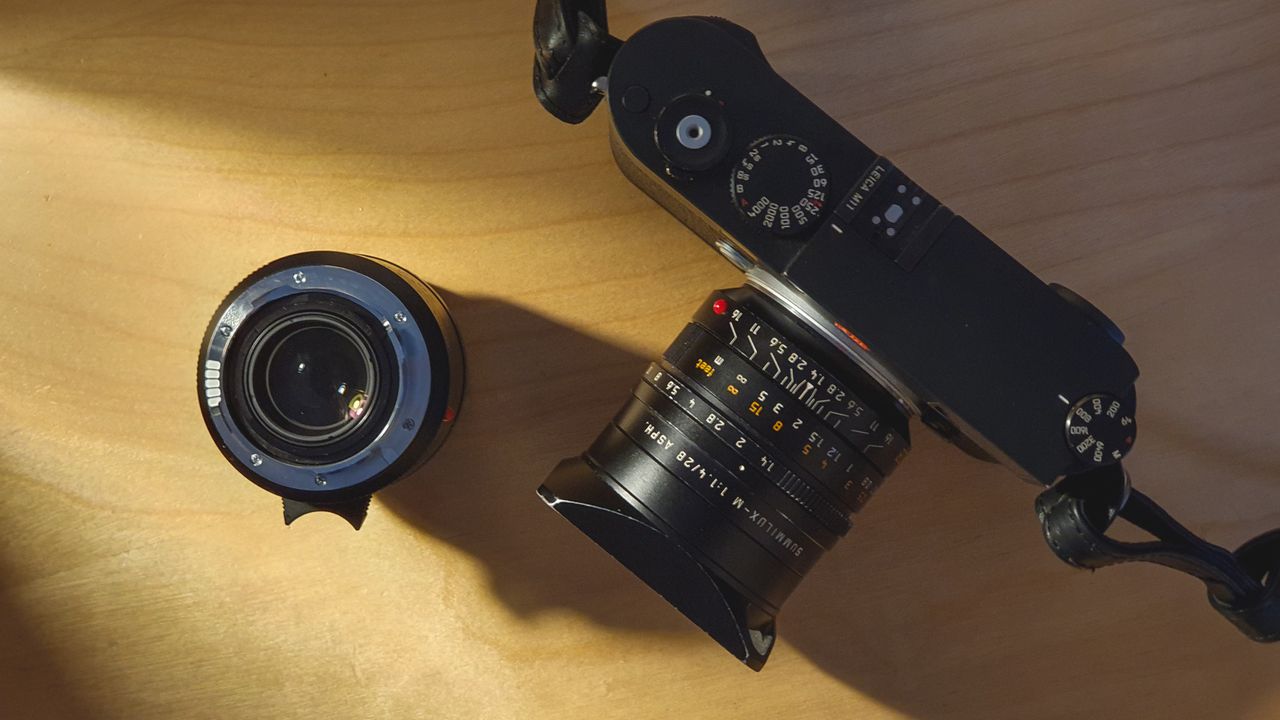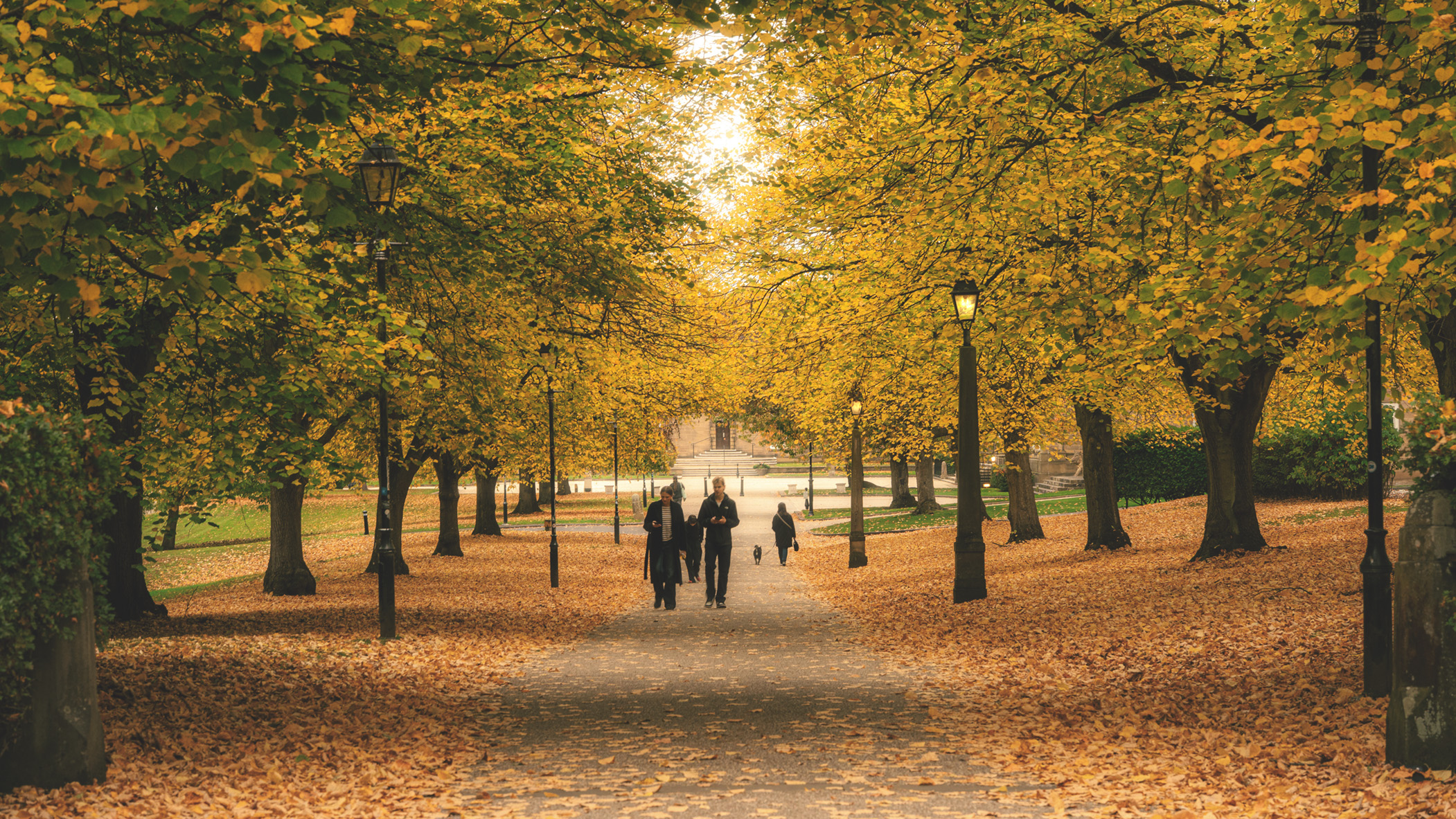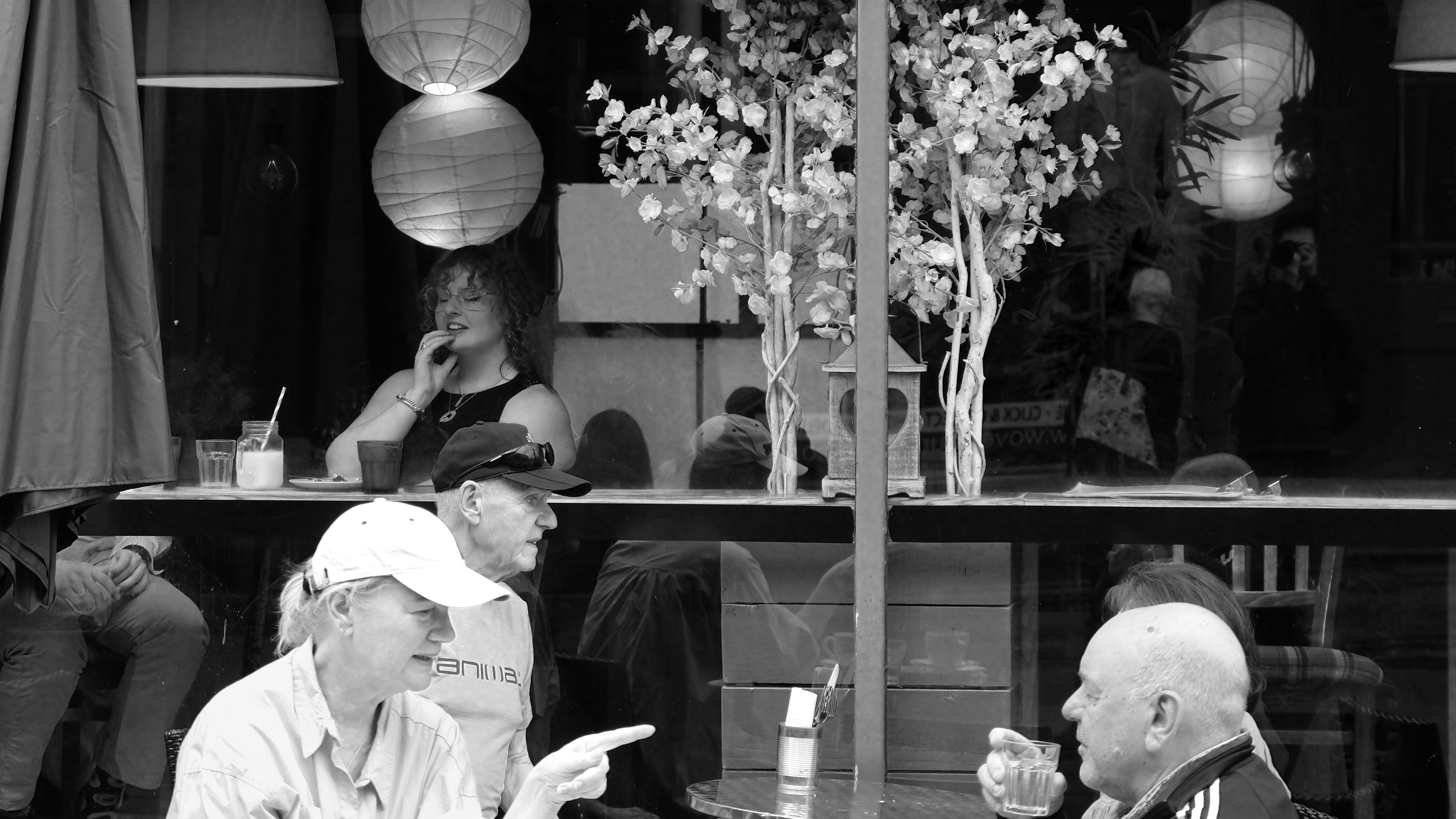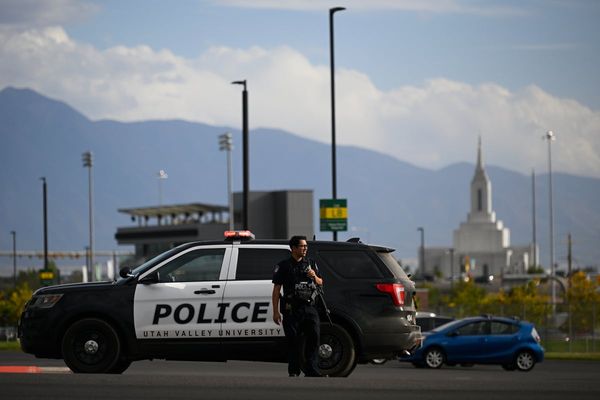
A lot of Leica shooters will have been triggered by the headline, I realize that, and I acknowledge your reaction. Prime lenses have long been associated with classic street photography, and users of systems such as the M-series from Leica have been producing masterpieces with fixed focal length optics for decades.
In fact, many devotees of street and reportage photography swear by them and won’t shoot with anything else. So, with such a pedigree for taking images that stand the test of time and that have achieved iconic status, why have I developed such a heretical opinion against primes?
Social media is to blame (isn’t it always?), at least in part. No doubt a consequence of the influential status of photographers like Henri Cartier-Bresson, Steve McCurry, and others in that elite group, content creators across the Instaverse have spent years proclaiming their devotion to the prime focal lengths favored by the Masters.
If you look back about seven or eight years, it seemed every young person on the internet was shooting with a 24mm or 35mm lens. For everything. It’s like owning a prime became a symbol for being artsy and edgy.

I’m sure many of these photographers genuinely liked using a prime, but I do wonder how many of their most-liked shots were captured using a zoom they switched out before filming some B-roll video. I’ve just never believed in using any piece of kit purely because it’s in vogue. So what happened to change my mind?
I have always preferred zoom lenses for my paid photographic work because I enjoy the freedom to capture many different compositions in quick succession. This is especially true when I have limited time to shoot the images I need, which is almost all the time for editorial assignments. But more recently, I’ve had the unusual experience of shooting quite a lot of street photography for work, much of it with prime lenses.
Have you ever had a eureka moment, where something suddenly just makes sense and you wonder how you’ve been misunderstanding it for so long? Well, that’s where I am in my prime journey. Never before have I been specifically asked to capture images using primes, so I’ve never felt I had the freedom to miss shots because I had the ‘wrong’ lens mounted. Most paying clients don’t give a hoot what kit you shoot with, and won’t take the purity of vision as an excuse for delayed image delivery.

Working with the Zeiss Otus ML 85mm and Otus ML 50mm f/1.4 lenses forced me to be super precise with my focusing technique due to the shallow depth-of-field. Missing three backup shots in the pursuit of one beautifully sharp subject against a field of creamy bokeh was suddenly completely acceptable.
Meanwhile, the Leica Summilux-M 28mm f/1.4 ASPH, mounted on a Leica M-11 Monochrom body, meant I had to get much closer to my subject to fill the frame, requiring a slower approach to remain inconspicuous. It afforded me the luxury of chasing one frame in landscape orientation with no voice in my head saying, ‘but what if they want portrait format too?’.

All you prime-shooting street photographers out there may not think this is anything new, but it’s been eye-opening for me. The lesson? Look beyond the social media hype and forget why someone else might be using a piece of kit. Just using any prime because it will look good on TikTok isn’t the name of the game; using the right prime for you is paramount. It sounds obvious, but when the voices of influencers are so loud, it’s easy to forget you’re vulnerable to preconceptions.
I’ve never enjoyed street photography as much when using a zoom, where every shot felt like a mere record. Using a prime, you’ve hunted and caught a single special moment in time, which is an entirely different experience altogether.
And if that makes me sound pretentious, well…
You might also like...
If you love street photography and want to jump into using a Leica Rangefinder camera, why not read our feature on the best Leica M11 Monochrom deals? If you can't quite stretch your budget to that, our guide to the best Leica alternatives can offer some inspiration. Meanwhile, if like me, you were a little confused by what exactly 'Street Photography' means in 2025, read this piece on how Calling it 'street photography' may have limited the way we see it







